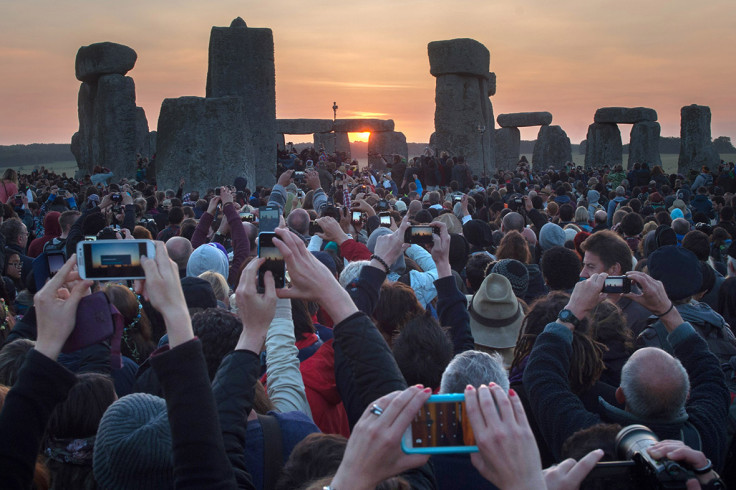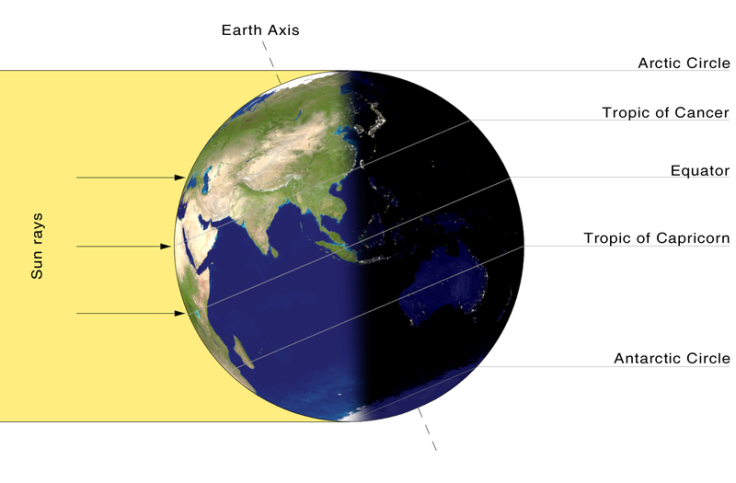Summer solstice 2015: What is it and why is it the longest day of the year?

The summer solstice has been a time of celebration for centuries, with all sort of different traditions and customs to welcome the changing of the seasons. Thousands are set to gather at the ancient monument Stonehenge to mark the 2015 solstice on 21 June, but why is it the longest day of the year?
What is the summer solstice?
A solstice is an astronomical event that occurs twice a year when the Sun reaches its highest or lowest point in its path as seen from the Earth, as the planet orbits the Sun.
The summer solstice usually marks the midpoint of summer and is the longest day of the year with the longest period of sunlight in the year. The winter solstice has the shortest period of sunlight in the year.
In the northern hemisphere, the summer solstice takes place between June 20 and June 22, but in the southern hemisphere it occurs between December 20 and December 23.

What causes the summer solstice?
The word solstice derives from the Latin solstitium from sol (sun) and stitium (to stop), because it appears the sun stops at the solstice. The solstice happens twice annually due to the Earth's axis of rotation.
The summer solstice occurs precisely when the Earth's axial tilt is most inclined toward the sun. In June, the tilt is towards the sun in the northern hemisphere, while the second yearly solstice, the winter solstice, in December, the tilt is away from the sun in the northern hemisphere.
The day of the solstice has the longest period of sunlight in the calendar year. In London, the sun will rise at 4.43am and set at 9.21pm on the summer solstice. In Salisbury, a 20-minute drive from Stonehenge, sunrise will be at 4.52am and sunset will occur at 9.26pm.
© Copyright IBTimes 2025. All rights reserved.





















